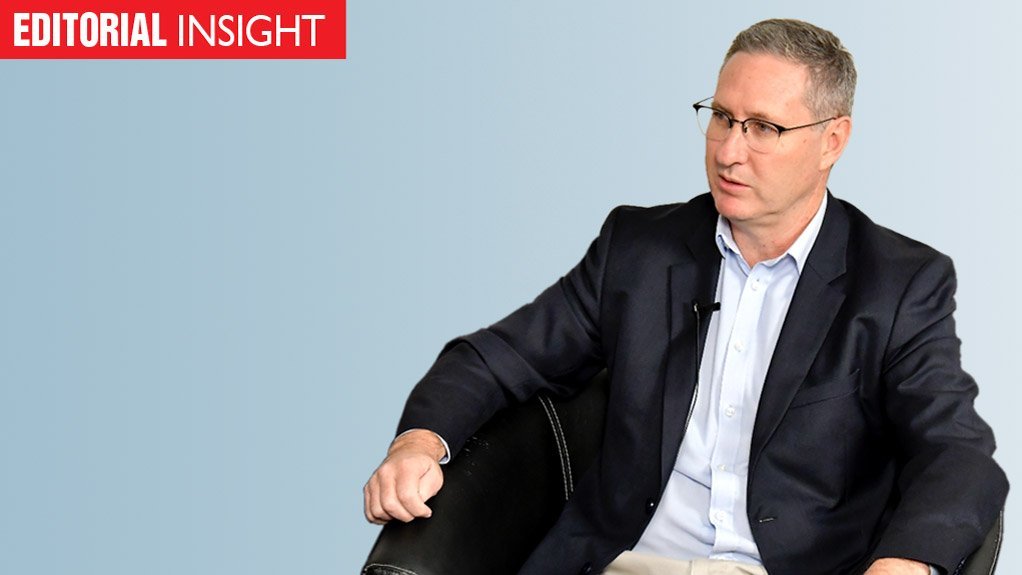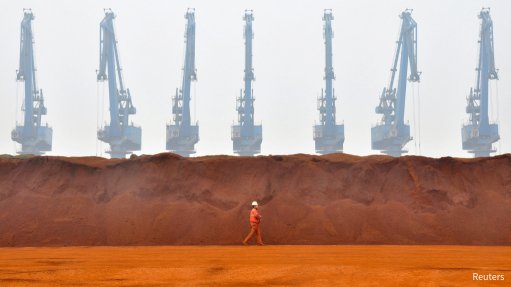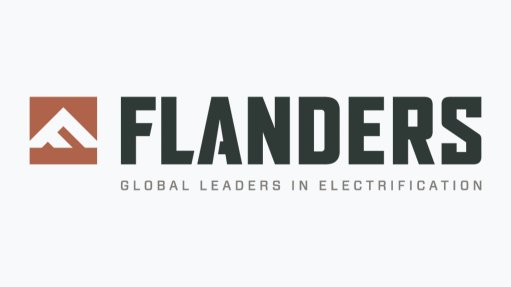Vicious cycle
It was obvious for all those who took the time to listen in to the National Energy Regulator of South Africa’s (Nersa’s) most recent hearings into Eskom’s allowable revenue application that the gap between the utility’s needs and those of its customers is wider than it has ever been.
Eskom is seeking allowable revenue of R293-billion for the upcoming financial year, which, once translated into a standard tariff, would increase the electricity price from 133.64c/kWh to 161.04c/kWh on April 1, or by 20.5%.
Households and businesses warn that they are not in a position to tolerate any increase above inflation, with several stakeholders even suggesting that a price decrease would be more appropriate in light of the strain that both individuals and companies are under.
It was also quite plain that, while something has to give, Nersa has limited room to manoeuvre.
To cover Eskom’s costs – both internal (primary energy, operational and capital) and pass-through (environmental taxes and levies and payments to independent power producers) – a significant increase will indeed be required. And even then, Eskom’s tariff will not yet be cost-reflective, as the utility has opted for a negative return to “smooth” the increase.
Any real remedies, therefore, fall outside the scope of the regulatory process and firmly within the domain of the policymakers. Worryingly, there was no sign that the policymakers were paying any attention and it would, thus, come as a massive shock to them should the regulator request their support.
The more likely scenario is that Nersa will seek to shave a percent here and a percent there before arriving at a determination that will fail to satisfy either Eskom or consumers. Any aggressive attempt to manipulate the outcome, as was the case in the previous revenue determination, when Nersa illegally removed a R69-billion equity injection from Eskom’s allowable revenue to moderate the hikes, will be challenged legally, with Eskom quite likely to prevail yet again.
So, how does the country extricate itself from this vicious cycle?
One radical suggestion made during the hearings by independent energy analyst Clyde Mallinson was to relocate the problem to where it can best be solved by insisting that the 2022/23 increase be capped at inflation and have the balance of the costs paid for by the National Treasury.
This won’t happen, of course, but the argument has merit in that it would force government to apply its mind to the real problem: policies that are causing Eskom to need more and more cash.
Continuing down the current path will result in what Mallinson describes as a “bifurcating electricity price future”, whereby large companies invest in solutions that deliver electricity at about $0.03/kWh, while poorer customers face a future price of closer to $0.15c/kWh.
Put differently, the issues preventing progress towards a more stable and affordable outcome are not technical, but political. Sadly, the political climate is more hostile than ever, which means the vicious cycle will persist.
Article Enquiry
Email Article
Save Article
Feedback
To advertise email advertising@creamermedia.co.za or click here
Announcements
What's On
Subscribe to improve your user experience...
Option 1 (equivalent of R125 a month):
Receive a weekly copy of Creamer Media's Engineering News & Mining Weekly magazine
(print copy for those in South Africa and e-magazine for those outside of South Africa)
Receive daily email newsletters
Access to full search results
Access archive of magazine back copies
Access to Projects in Progress
Access to ONE Research Report of your choice in PDF format
Option 2 (equivalent of R375 a month):
All benefits from Option 1
PLUS
Access to Creamer Media's Research Channel Africa for ALL Research Reports, in PDF format, on various industrial and mining sectors
including Electricity; Water; Energy Transition; Hydrogen; Roads, Rail and Ports; Coal; Gold; Platinum; Battery Metals; etc.
Already a subscriber?
Forgotten your password?
Receive weekly copy of Creamer Media's Engineering News & Mining Weekly magazine (print copy for those in South Africa and e-magazine for those outside of South Africa)
➕
Recieve daily email newsletters
➕
Access to full search results
➕
Access archive of magazine back copies
➕
Access to Projects in Progress
➕
Access to ONE Research Report of your choice in PDF format
RESEARCH CHANNEL AFRICA
R4500 (equivalent of R375 a month)
SUBSCRIBEAll benefits from Option 1
➕
Access to Creamer Media's Research Channel Africa for ALL Research Reports on various industrial and mining sectors, in PDF format, including on:
Electricity
➕
Water
➕
Energy Transition
➕
Hydrogen
➕
Roads, Rail and Ports
➕
Coal
➕
Gold
➕
Platinum
➕
Battery Metals
➕
etc.
Receive all benefits from Option 1 or Option 2 delivered to numerous people at your company
➕
Multiple User names and Passwords for simultaneous log-ins
➕
Intranet integration access to all in your organisation





















